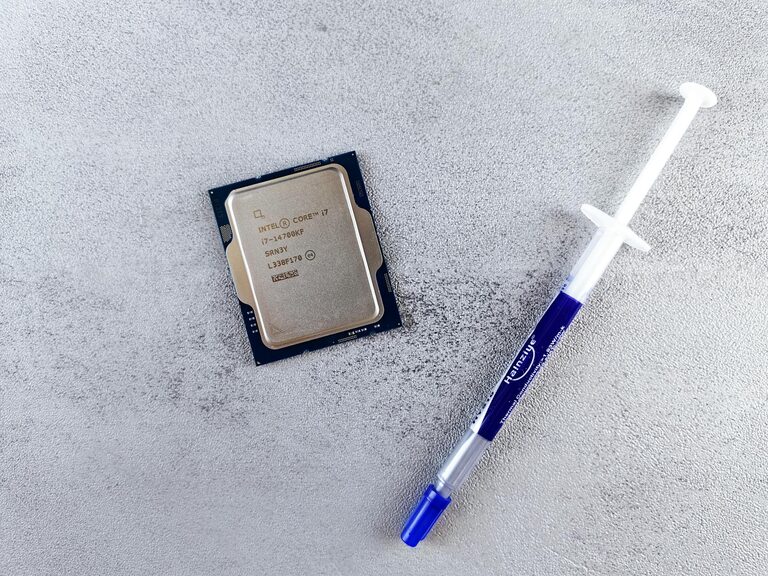Beginner Tips for Taking Better Phone Photos Every Time

Taking great photos with your phone is easier than ever, thanks to advancing camera technology. However, just having a good phone camera isn’t enough to guarantee stunning pictures. Whether you’re capturing memories, sharing moments on social media, or just exploring photography as a hobby, a few simple tips can help you make the most of your phone’s camera. In this post, we’ll guide beginners through easy steps to take better phone photos consistently.
Understanding Your Phone Camera
Before diving into techniques, spend some time getting familiar with your phone’s camera features:
– Explore different modes: Most phones offer modes like portrait, panorama, night, and pro mode. Experiment to see what works best for your subject.
– Learn about controls: Adjusting focus, exposure, and white balance can drastically improve your shots.
– Use the highest resolution: Check your camera settings and set your photos to the highest resolution available.
Basic Tips for Better Phone Photography
1. Clean Your Lens
It sounds simple, but a dirty lens can make your photos look blurry or hazy. Phone lenses are exposed to fingerprints, dust, and dirt, so regularly wipe your lens clean with a soft cloth.
2. Use Natural Light
Lighting makes a huge difference in photography. Whenever possible, shoot in natural light, especially during the golden hours — shortly after sunrise or before sunset — for soft, warm tones.
– Avoid harsh midday sun as it creates strong shadows.
– Position your subject facing the light for a well-lit photo.
– Use shade if the sunlight is too intense.
3. Keep Your Phone Steady
A steady hand prevents blurry photos. Here are methods to keep your phone stable:
– Hold your phone with both hands.
– Tuck your elbows into your sides.
– Lean against a stable surface if available.
– Use a tripod or phone stand for extra stability.
4. Focus Carefully
Tap your screen on the subject you want to be sharp. Most phones will adjust focus and exposure based on where you tap. Locking focus on your subject ensures clarity.
5. Pay Attention to Composition
Good composition helps your photos stand out. Use these simple rules to improve frame balance:
– Rule of Thirds: Imagine a grid dividing your image into thirds both horizontally and vertically. Place key elements along these lines or intersections.
– Leading Lines: Use natural lines like roads, fences, or shadows to guide the viewer’s eye.
– Symmetry and Patterns: These create visually pleasing images when framed thoughtfully.
– Fill the Frame: Get closer or zoom in slightly to eliminate distracting backgrounds.
Advanced Tips for Creativity
1. Experiment with Angles
Don’t just shoot from eye level. Try capturing your subject from different perspectives:
– Shoot from low angles looking up.
– Capture from above for a bird’s-eye view.
– Try side angles or diagonals for dynamic shots.
2. Use Portrait Mode
Many phones have portrait mode to create a depth-of-field effect, blurring the background and focusing on the subject. This mimics professional camera lens behavior and makes your subject pop.
3. Leverage HDR Mode
HDR (High Dynamic Range) combines multiple exposures to balance out bright and dark areas. Use HDR for tricky lighting situations like sunsets or indoor photos with bright windows.
4. Take Advantage of Editing Apps
Editing doesn’t mean making a photo look unnatural. Basic adjustments like brightness, contrast, saturation, and cropping can make a big difference.
Popular free apps include:
– Snapseed
– Lightroom Mobile
– VSCO
Try to keep edits subtle for a natural appearance.
Common Mistakes to Avoid
– Using digital zoom excessively: Zooming in with your phone reduces image quality. Instead, move closer to your subject.
– Ignoring the background: Check for distracting objects or clutter behind your subject before clicking.
– Overexposing photos: Bright, washed-out areas lose detail. Tap the screen to adjust exposure.
– Forgetting to clean the lens: As mentioned, this simple step is often overlooked.
Final Thoughts
Improving your phone photography doesn’t require expensive gear or professional training. With practice and attention to these beginner tips, you can capture sharp, well-composed, and beautifully lit photos consistently. Remember, the key is experimenting with your phone camera settings and learning from each shot. Have fun capturing the world around you!
Happy snapping!




